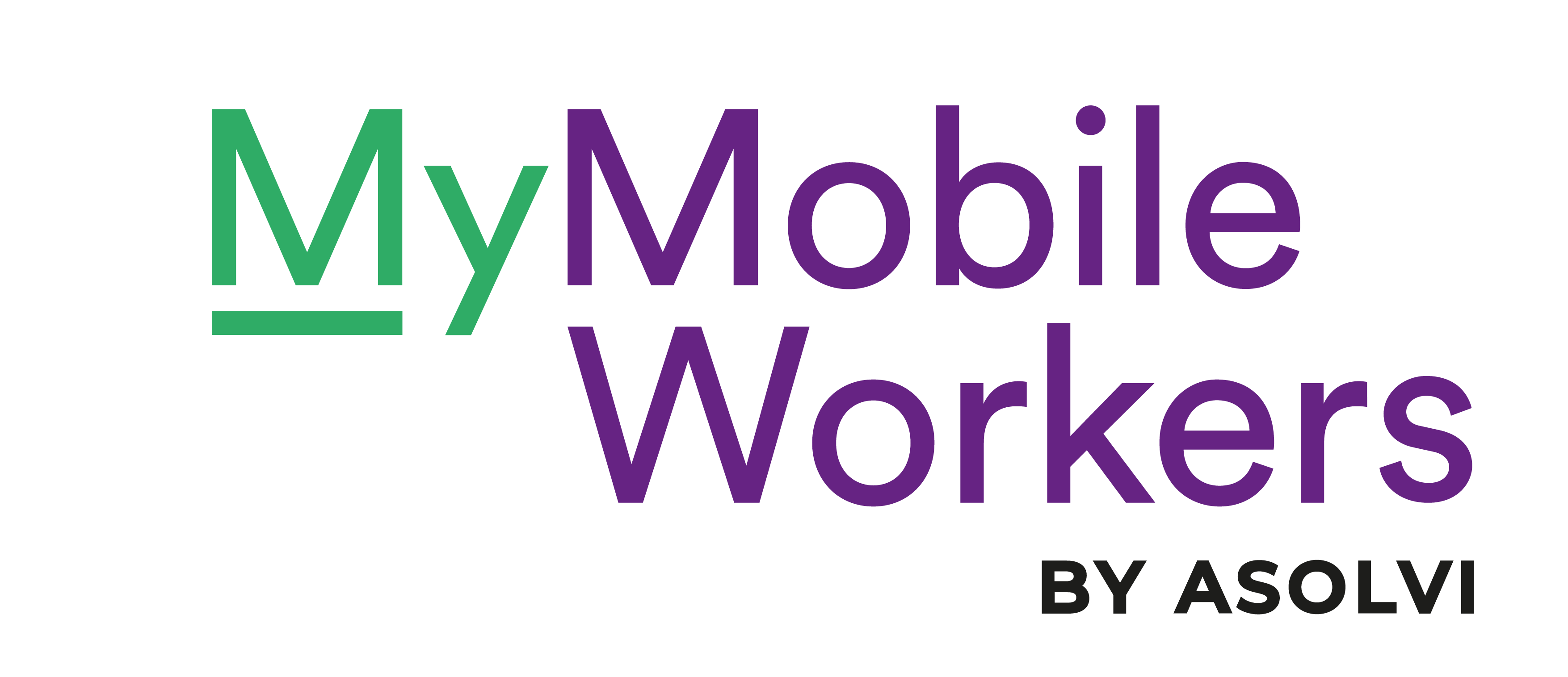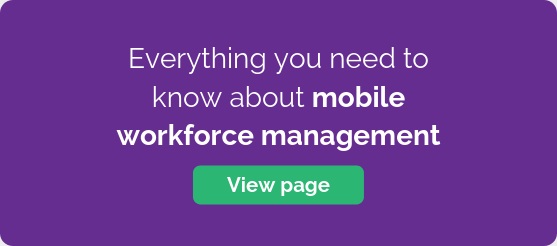Mobility is transforming the service industry as digital technology continues to unlock faster, simpler and safer ways to work.

Throughout the sector, traditional processes are being challenged by new digital solutions which offer the advantages of real-time communications, cloud-based data and GPS tracking.
The challenge for any service business is to identify the most effective ways of harnessing mobility - how and where to update operations.
While the right solution will depend on the specific challenges of each organisation, here’s an overview of the main areas that mobility can benefit your business:
Digital workforce management
This is a general term for a system that uses cloud-based technology and GPS tracking to schedule and manage teams of mobile workers. Handheld devices are used to monitor the movement and status of each worker in real—time.
For companies switching from paper-based management, processes are typically reduced by 24 percent. As well as increased efficiency, systems are able to improve safety and reduce compliance risks.
A system such as MyMobileWorkers is designed with the flexibility and scalability to handle any kind of service business. A smartphone app provides workers with all the info they need.
Cloud-based documentation
Wherever paper-based management methods are used, there’s an opportunity to boost efficiency and reduce costs by moving to cloud-based alternatives.
Google Docs allows information to be easily created, accessed and stored across an organisation. It means no need for multiple documents to be printed or physically collected and dropped off.
It streamlines administrative efficiency and reduces the risks of human errors as information is manually transferred across forms, documents and spreadsheets.
Electronic signing
Whether it’s safety certification or delivery confirmation, obtaining proof has traditionally required a ‘wet’ signature. This limitation has been removed by the ability to obtain signatures digitally via a handheld device.
There are a range of different methods available to service companies, from signatures obtained via a touch screen to the emerging use of fingerprint scanners.
Digital methods are widely accepted as being compliant and treated no differently from an ink signature. By removing the need for physical paperwork improves efficiency and allows certification to be stored digitally.
Team communications
One of the problems that has stifled the ability to manage service workers has been a basic lack of communication. With mobile employees scattered across a region, contacting people has been frustratingly reliant on calls, texts and emails.
It’s to overcome this frustration that more companies are using systems such as Slack which provides a social media approach to staying connected with workers.
Groups and sub-groups can be easily created with real-time voice and text chat communications. It provides a fluid and flexible way to share information with a mobile team.
Smart driving systems
One area where mobility is already firmly embedded within the service sector is the use of GPS navigation systems. Using route finding analytics and real-time traffic data, they have become a vital tool for any mobile worker.
The technology is advancing rapidly as a result of the amount of funding into automated driving systems. It means more accurate traffic data and improved ways to monitor vehicle safety.
Driver assistance systems which handle specific tasks such as motorway driving and parking are already finding their way into company fleet vehicles.


